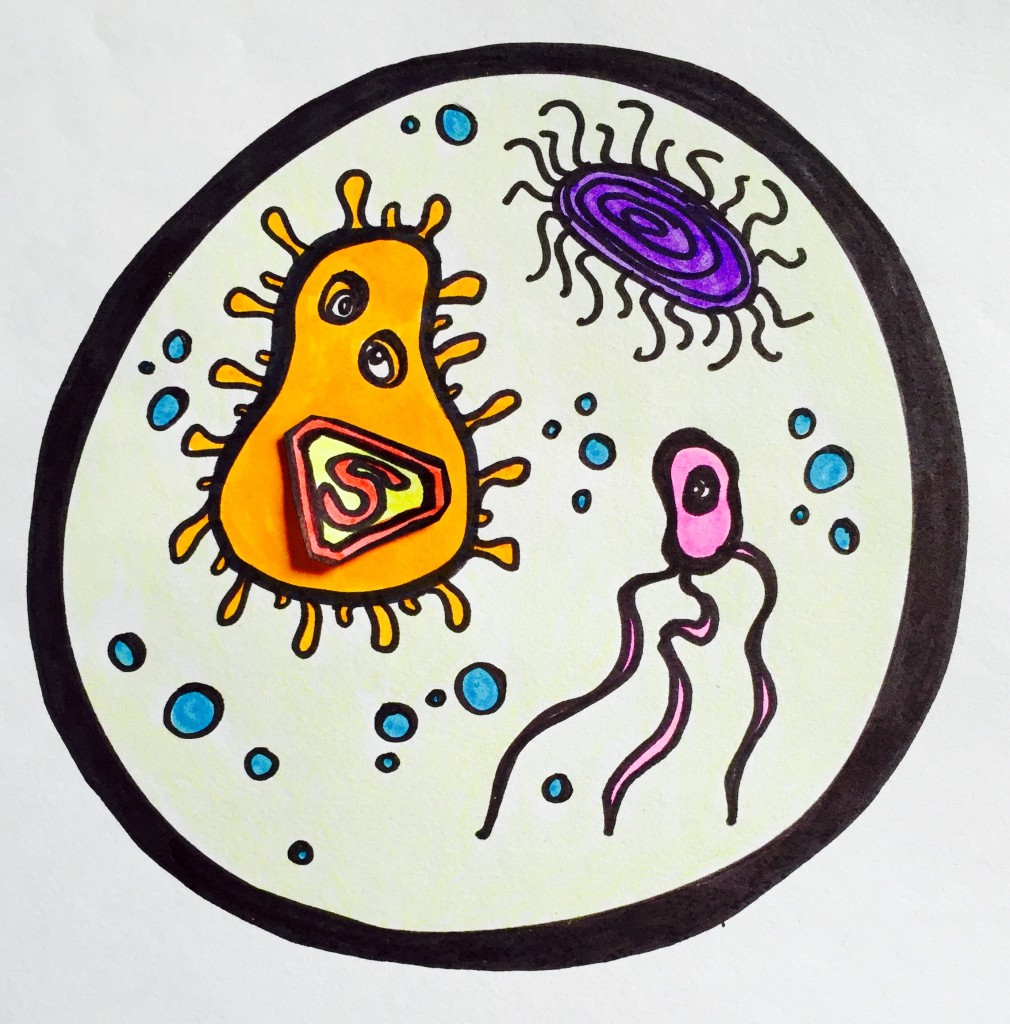 With the news that two people have died and over 100 people exposed to Carbapenem-resistant enterobacteriaceae (CRE) there are new fears that we are quickly losing the battle against these bugs. Here are 5 things you need to know about the bugs and recent infection and 6 things you can do about them.
With the news that two people have died and over 100 people exposed to Carbapenem-resistant enterobacteriaceae (CRE) there are new fears that we are quickly losing the battle against these bugs. Here are 5 things you need to know about the bugs and recent infection and 6 things you can do about them.
FDA issues advisory warning to doctors about duodenoscopes
Duodenoscopy – where a scope is done beyond the stomach, into the duodenum – uses a highly specialized scope with small channels. Even when manufacturer’s cleaning instructions are followed, the FDA warned, germs may linger. In UCLA hospital, the germs that lingered killed 2 people. The germ – Carbapenum resistant enterobacteriaceae , a but that normally lives in your guts, but this one has DNA that is resistant to our most potent antibiotics. The FDA will not recall the devices, although the ones at UCLA were recalled. But if you have one of these procedures scheduled, beware.
Five Things To Know About The Recent SuperBugs and Bacteria
What is CRE and is this like MRSA?
CRE is a bacteria that is resistant to the “antibiotic of last resort.” If this bacteria gets into the bloodstream the mortality for this is about fifty percent. Yes, it’s like MRSA in that it is a bacteria that’s resistant to one of our strongest antibiotics. CRE was first detected in 2001 in North Carolina, since then it has been reported in 22 countries.
How do you get CRE and can you die from it?
At UCLA Medical Center the 170 people exposed to it came from endoscopy (scope) equipment that was not sterilized or cleaned properly. They say such endoscopes (typically ones used to do complex procedures like visualization of the pancreatic duct and common bile duct) are difficult to clean. Those particular scopes have been removed from the center. Two of the infected patients have already died. If that bacteria takes hold in the guts of the other exposed individuals, they can ultimately become ill from this bug. The people exposed have been identified and all supplied with testing kits.
Can I get this bacteria and where would I get it?
You probably already have this type of bacteria in your gut, as it is a common bacteria in a human’s gut. But if that bacteria has the DNA to code for resistance to the super antibiotic then you could have issues should you become severely ill and that bacteria make it into your bloodstream. Hospitals and nursing homes have been the most common sources for these bacteria.
What can I do to prevent it and how easily does it spread?
When you visit someone in the hospital, especially in the ICU, it is important that you wash your hands very carefully before you leave, and once you get home. Using the alcohol-based soaps is ok- but washing your hands with soap and water while you sing Happy Birthday twice, is best. The bacteria spreads easily between people, and lasts for days on stainless steel surfaces. It does NOT do well on copper surfaces, which may be how new hospitals are designed with copper surfaces in the future.
Like any bacteria it spreads easily, and has been found in sinks, countertops, and on patients in ICU’s and some nursing homes. Touching can transmit the germ, and the germ can transmit its genetic resistance to the most powerful antibiotics we have.
Where did this superbug come from?
Many speculate that the antibiotic resistance for this bug was transmitted to people from livestock (cattle, chickens, pigs). The food industry is a potential source of antibiotic resistant bacteria because antibiotics are used in the feed of animals. These resistant bacteria can spread through both food supply, as well as exposure to workers in the industry. The bacteria that are not human pathogens, but carry resistance can – and do – transfer that resistance to human bacteria. The scientific consensus is that “antibiotic use in food animals contributes to the emergence of resistant bacteria that may affect humans.”
Five Things We Can Do About The Bacteria and Our Food Source
What’s next for these bacteria and others?
Antibiotic resistance is a constant battle between physicians and infections. I recently wrote about super antibiotics for superbugs being developed, although not fast enough.
Should we limit use of antibiotics in our food source?
Yes. The use of antibiotics in animals should only be used for infection, but often antibiotics are routinely added to feed because they increase the growth of the animal. The Pew Charitable Trust says that “hundreds of scientific studies conducted over four decades demonstrate that feeding low doses of antibiotics to livestock, breeds antibiotic resistant superbugs that can infect people.”
Do other countries limit antibiotic use in livestock?
In 2006 the European Union banned non-medical uses of antibiotics in livestock. Other countries have proposed such legislation, but some countries are more lax than the US, such as China. Of all countries, China makes and consumes the most antibiotics, of which over half are used for livestock. Water near farms of livestock show bacteria resistant to antibiotics.
Are there some foods we can eat to avoid this?
Fish are far enough away from humans that any antibiotics used in farmed fish are not associated with bacteria that infect humans. Vegetables have been found to have these bacteria in them, so vegetarians or vegans are not safe.
What about grass fed cattle and animals?
If the cattle are grass fed, and not finished with corn, chances are they are not exposed to the antibiotics. This is one reason I carefully choose my food sources.

Lambs raised in open environments, without antibiotics, grow large also. Here is Elysian Fields in Pennsylvania – the finest lamb you can buy.
